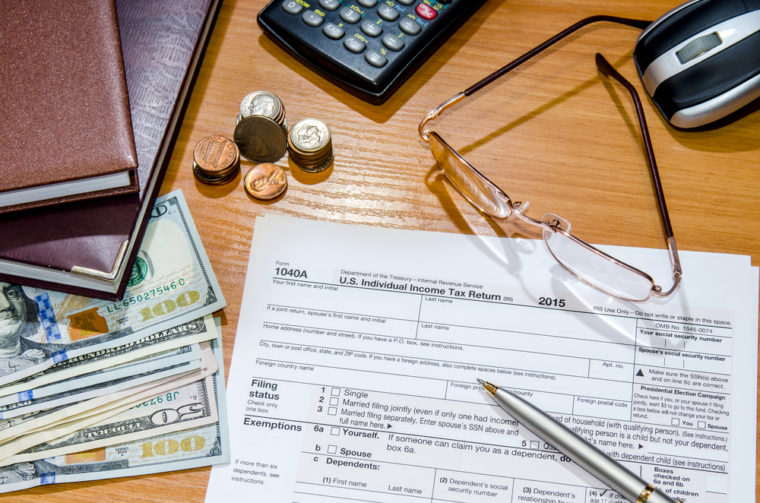Thinking about blowing that tax refund on a vacation or some home improvements? You might be better off pocketing your cash and saving it.
“The low saving rate in American households has placed people across the income distribution at risk of financial insecurity,” said Michal Grinstein-Weiss, associate director of the Center for Social Development (CSD) at the Brown School at Washington University in St. Louis, and principal investigator of the Refund To Savings initiative.
“About four in ten households in the United States do not have enough liquid savings to cover a $2,000 emergency expense” she said, “ and that number increases to eight in 10 for lower-income households.”

Her project, Refund To Savings (R2S), is a collaboration of academic researchers from the CSD, Duke University and Intuit Inc., the maker of TurboTax tax preparation software. R2S builds a saving-promotion experiment as a randomized controlled trial into the TurboTax Free File Online product that is available free to low- and moderate-income households.
Tax time is a major event for low- to moderate-income households, Grinstein-Weiss said, with the average refund for those individuals at around $2,719, according to 2014 IRS data.
While the temptation to spend can be strong, with R2S intervention 21,000 more people saved their refund last year, resulting in $35.6 million deposited into savings vehicles.
“The tax refund is the largest check many households receive all year,” Grinstein-Weiss said, “and because it is outside of normal budgets and income, it presents a golden moment to build savings.
“R2S is a catalyst for low income households to build savings for emergencies and increase financial security,” she said.
For more on the program, visit csd.wustl.edu/OurWork/FinIncl/financialbehavior/R2S/Pages/Refund-to-Savings1.aspx.
